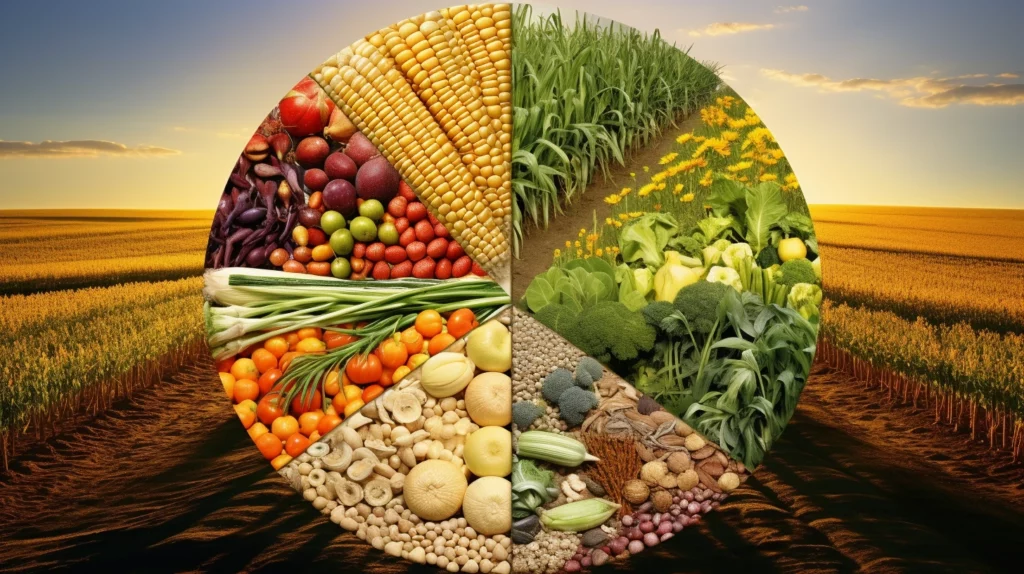Sustainable farming is a farming practice that focuses on producing food while preserving the environment for future generations. It is a method that addresses the challenges of feeding a rapidly growing population while also considering the environmental and social impacts of agriculture.
In this comprehensive guide, we will explore the principles, techniques, and benefits of sustainable farming. We will also look at the challenges and solutions facing sustainable farming and provide examples of successful sustainable farms and organizations. Whether you’re a farmer, consumer, or just interested in learning more about sustainable farming, this guide will equip you with the knowledge to make informed decisions and promote sustainable farming efforts.
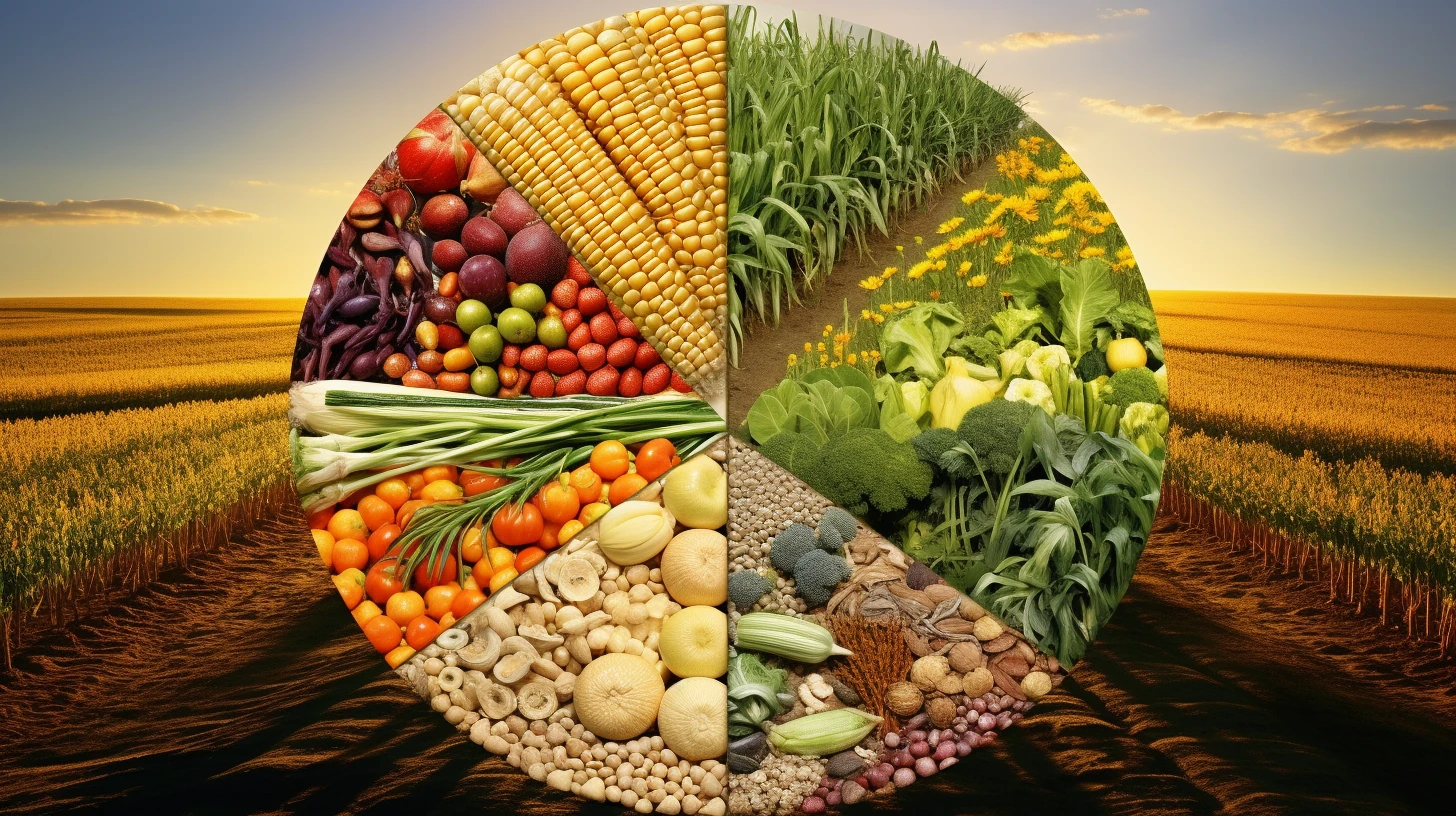
Introduction
Sustainable farming is a set of practices prioritizing the efficient use of natural resources, the social and economic well-being of farmers and local communities, and reducing environmental impacts. Techniques such as crop rotation, soil conservation, agroforestry, and integrated pest management are adopted to promote soil health, biodiversity, and water management. This farming practice also reduces the dependence on synthetic inputs while promoting community development.
Sustainable farming is a response to agriculture’s current environmental and social challenges. Conventional farming practices prioritizing short-term profits over long-term sustainability have depleted soil health, reduced biodiversity, and contributed to climate change. In contrast, sustainable farming practices prioritize the long-term health of the soil, water, and biodiversity and the social and economic well-being of farmers and local communities. By taking a holistic approach to farming, sustainable farming practices can benefit the environment, society, and the economy.
Principles of Sustainable Farming
Fundamental principles of sustainable farming include:
Biodiversity
Sustainable farming aims to enhance and preserve the diversity of plant, animal, insect, and microbe species in the farm ecosystem. This is achieved through crop rotation, intercropping, agroforestry, and bio input, which promote soil health and provide habitat for wildlife.
Soil Health
Prioritizing soil health and sustainable farming practices minimizes soil erosion, promotes organic matter, and reduces synthetic fertilizers and pesticides. Techniques such as cover cropping, no-till farming, and composting also help maintain soil health.
Water Management
Sustainable farming practices aim to minimize water use and preserve water quality by using efficient irrigation systems, reducing runoff and erosion, and managing water resources at the landscape level. Rainwater harvesting, conservation tillage, and riparian buffer zones are some techniques that help achieve this goal.
Social and Economic Development
Sustainable farming practices support the well-being of farmers, farm workers, and rural communities by promoting local food systems, fair trade, and equitable access to resources and markets. Community-supported agriculture, farmer-to-farmer networks, and cooperative marketing are some of the practices that promote social and economic development.
Compared to conventional farming practices, sustainable farming differs in several ways. Conventional farming relies heavily on synthetic inputs such as fertilizers and pesticides, monoculture cropping systems, and large-scale machinery. These practices can result in soil degradation, water pollution, and biodiversity loss, negatively impacting human health and rural livelihoods. Sustainable farming, on the other hand, prioritizes natural inputs, diversified cropping systems, and small-scale, low-impact machinery. This approach can lead to more resilient and productive farms, healthier ecosystems, and stronger rural communities.
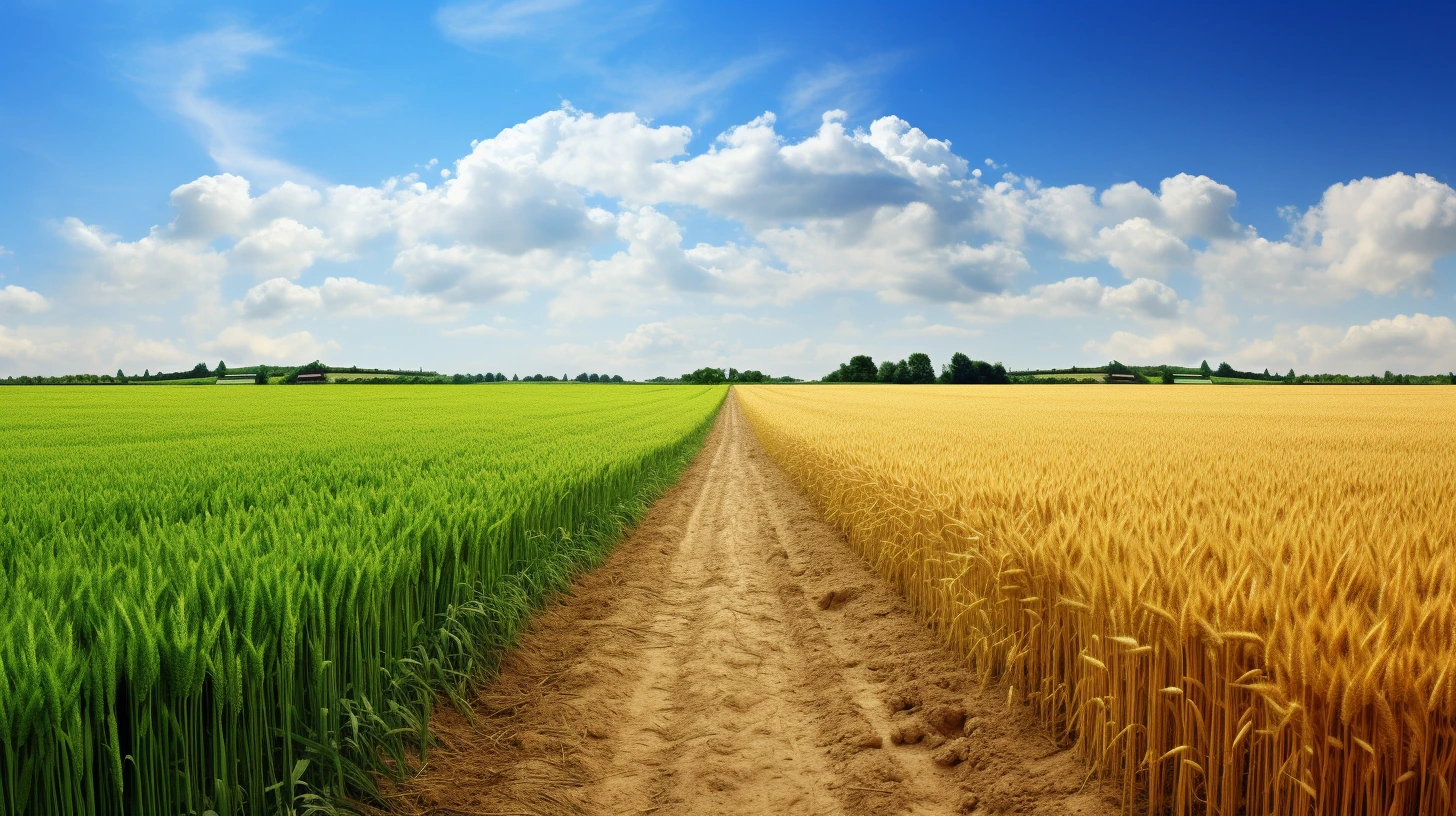
The Importance of Sustainable Farming
Sustainable farming is a vital practice that serves several purposes. Primarily, it ensures the environment’s long-term health by minimizing agriculture’s negative impacts on soil, water, and biodiversity. This is particularly important in light of climate change, population growth, and other pressures that threaten the productivity of agricultural systems.
In addition to its environmental benefits, sustainable farming also provides significant economic advantages. Sustainable farming can increase farm profitability and support local food systems by reducing input costs and raising yields. This, in turn, can create job opportunities and contribute to economic development in rural communities, reducing rural poverty.
Moreover, sustainable farming offers notable social benefits. Sustainable farming practices promote equitable access to resources and markets, supporting the well-being of farmers, farm workers, and rural communities. This can help to reduce social inequalities and foster cultural diversity, social cohesion, and community participation.
Overall, sustainable farming is crucial for the long-term health of our environment, local economies, and rural communities. By implementing sustainable farming practices, we can promote a healthier, more equitable, and more prosperous future for all.
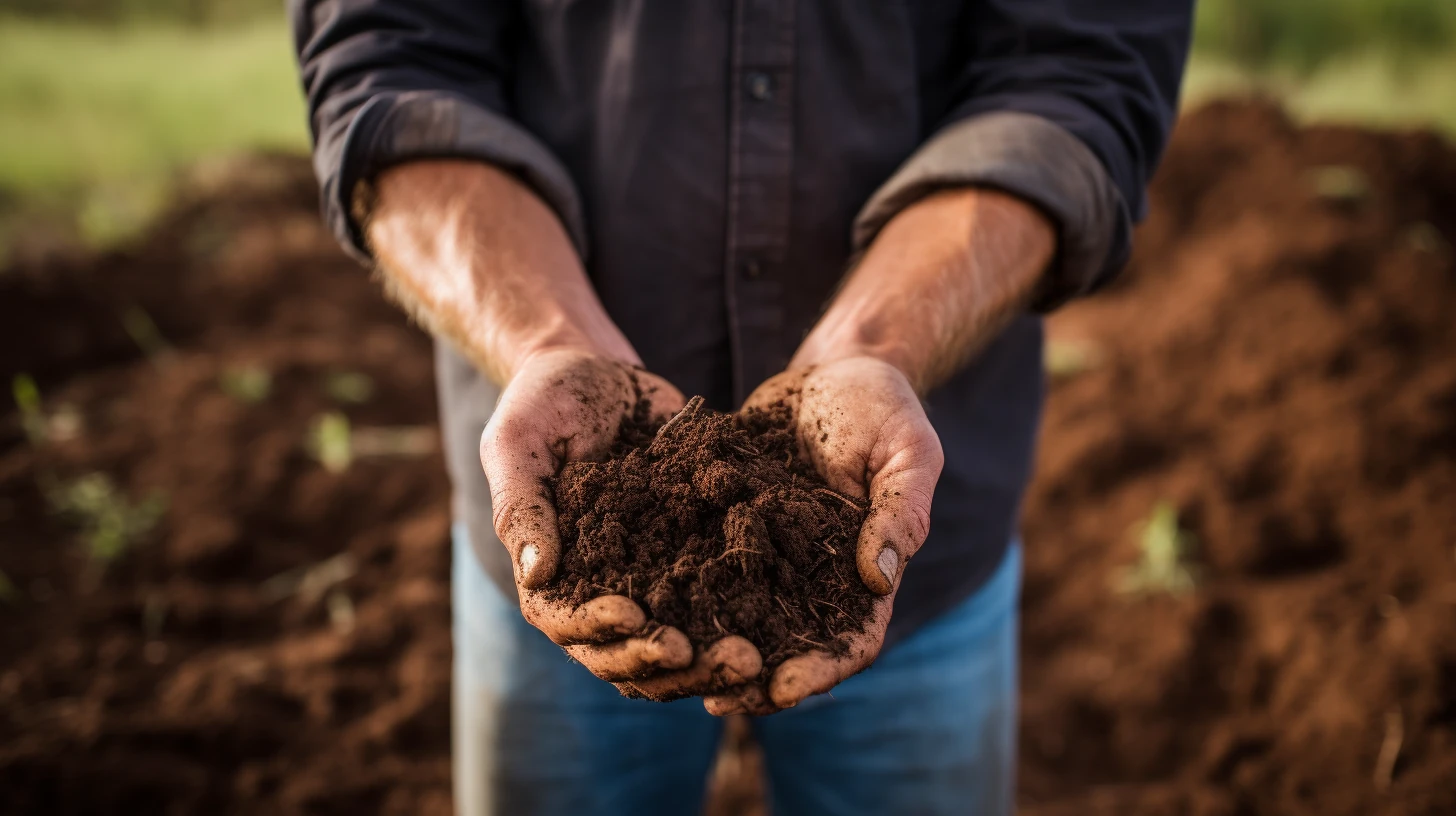
Sustainable Farming Techniques
Sustainable farming techniques are designed to promote soil health, biodiversity, and water management. Farmers can incorporate these techniques to mitigate environmental impact while promoting a long-term approach to farming. Here are some of the most effective sustainable farming techniques:
Crop Rotation
Crop rotation is a practice in which farmers grow different crops in a sequence over several years. This helps to break pest and disease cycles, improve soil fertility, and reduce erosion. For example, farmers can rotate corn, soybeans, and wheat over three years. This can help to prevent soil depletion, reduce synthetic fertilizers and pesticides, and promote biodiversity. By rotating crops, farmers can also minimize the risk of soil-borne diseases.
Soil Conservation
Soil conservation involves practices that reduce soil erosion and promote soil health. Cover cropping, conservation tillage, and crop residue management are some of the most common soil conservation techniques. Cover crops are plants farmers grow between main crops to protect the soil from erosion, improve soil fertility, and provide habitat for beneficial insects and wildlife. Conservation tillage involves reducing or eliminating tillage to preserve soil structure and organic matter. Crop residue management involves leaving crop residues on the soil surface to protect the soil from erosion and improve water infiltration.
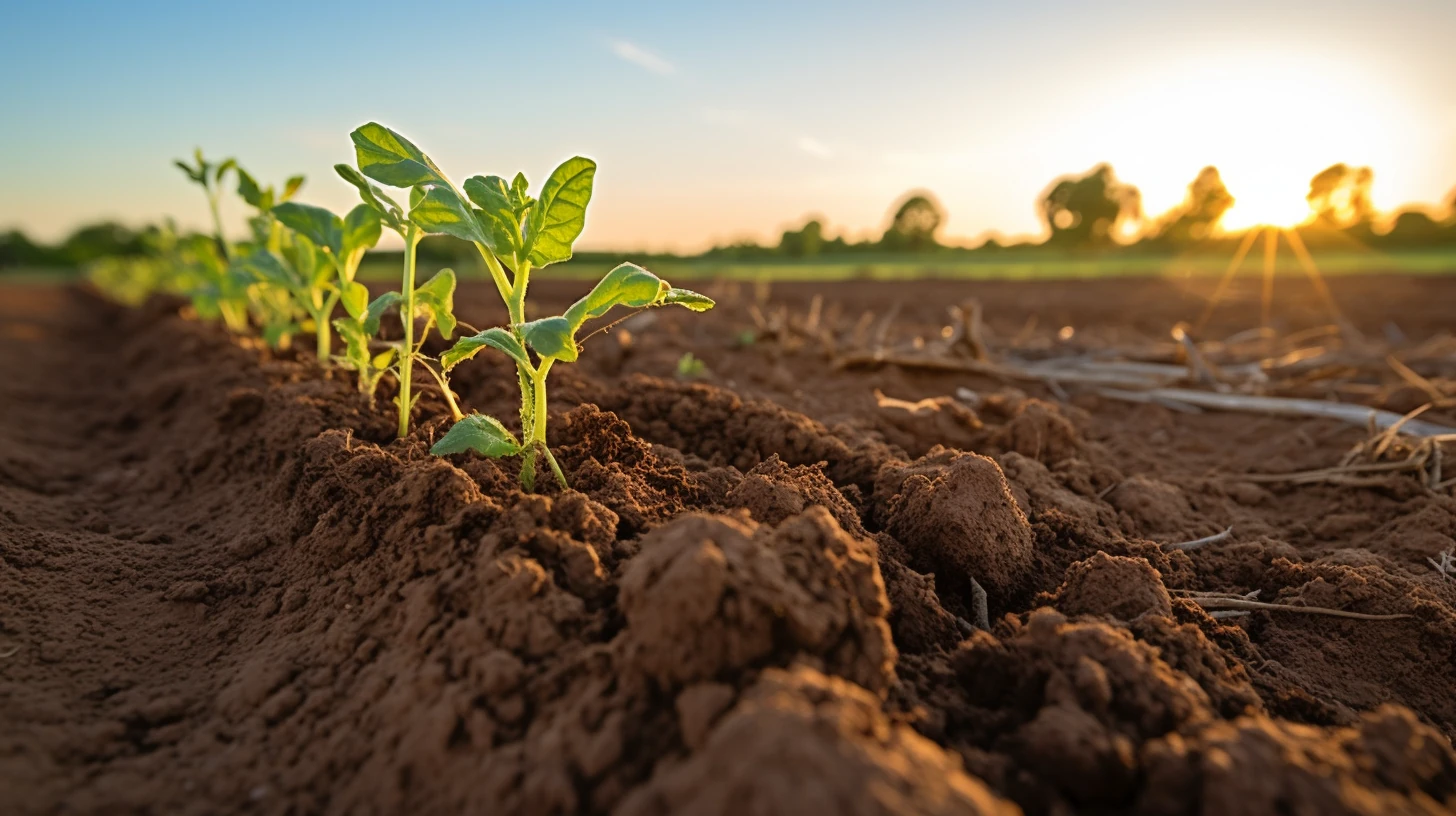
Agroforestry
Agroforestry is a practice that involves integrating trees and shrubs into farming systems. This can help to provide shade for crops, improve soil fertility, and provide habitat for wildlife. Agroforestry systems can include alley cropping, in which crops are grown between rows of trees, or silvopasture, in which trees are integrated into pasture systems for livestock. This technique can help to reduce soil erosion, enhance biodiversity, and increase carbon sequestration.
Integrated Pest Management
Integrated pest management (IPM) is a practice that involves using a combination of cultural, biological, and chemical methods to manage pests and diseases. This can include techniques such as crop rotation, biological control, and targeted use of pesticides. IPM aims to minimize the use of synthetic pesticides and promotes the use of natural pest management techniques. Using IPM, farmers can reduce the environmental impact of pesticides while maintaining crop yields.
Sustainable Farming Certification and Standards
Sustainable farming practices are often regulated by certification and standards that ensure the use of sustainable farming techniques. One of the most well-known certifications is organic farming certification. Organic farming is a type of sustainable farming that uses natural inputs and practices to promote soil health, biodiversity, and water management. It is based on standards and regulations governing synthetic inputs, genetically modified organisms, and other practices.
Organic farming is an approach that is focused on environmental sustainability, but it also benefits farmers by increasing yields and providing a premium price for organic produce. The certification process for organic farming is rigorous and requires farmers to follow specific guidelines. These guidelines include using organic production methods, maintaining soil fertility, and avoiding synthetic fertilizers, pesticides, and genetically modified crops.

Another important standard is regenerative agriculture. Regenerative agriculture is a type of sustainable farming that aims to restore soil health, biodiversity, and ecosystem services. Regenerative agriculture goes beyond sustainable farming by actively rebuilding soil organic matter, promoting carbon sequestration, and enhancing ecosystem function.
Regenerative agriculture practices can include techniques such as agroforestry, conservation tillage, and holistic grazing management. This approach supports the environment and benefits farmers by improving soil health and reducing the need for synthetic inputs. While regenerative agriculture is not yet as widely recognized as organic farming, it is gaining traction as a promising approach to sustainable farming.
There are other certifications and standards that aim to promote sustainable farming practices, such as the Rainforest Alliance, Fair Trade, and GlobalGAP. These certifications ensure that farms and agricultural businesses follow sustainable and ethical practices and provide consumers with confidence that they support responsible farming.
Benefits of Sustainable Farming
Sustainable farming practices have several environmental, economic, and social benefits.
Environmental Benefits
Sustainable farming practices can help to:
- Preserve Soil Health: Sustainable farming practices can help reduce soil erosion, promote soil organic matter, and reduce synthetic fertilizers and pesticides.
- Promote Biodiversity: Sustainable farming practices can help to enhance the diversity of plant and animal species in the farm ecosystem. Crop rotation, agroforestry, and native plants are some ways to achieve this.
- Reduce Water Pollution: Sustainable farming practices can help to minimize runoff, erosion, and nutrient leaching, reducing the risk of water pollution. Cover crops, conservation tillage, and nutrient management plans are some ways to achieve this.
- Mitigate Climate Change: Sustainable farming practices can help sequester soil and vegetation carbon, reducing greenhouse gas emissions. Regenerative agriculture and agroforestry are some ways to achieve this.
Economic Benefits
Sustainable farming practices can help to:
- Increase Farm Profitability: Sustainable farming practices can help reduce input costs, increase yields, and improve product quality, leading to higher profits. Crop diversification, integrated pest management, and precision agriculture are some ways to achieve this.
- Promote Local Food Systems: Sustainable farming practices can help to support local food systems, creating jobs and economic opportunities in rural communities. Farmers markets, CSAs, and farm-to-table restaurants are some ways to achieve this.
- Reduce Dependence on External Inputs: Sustainable farming practices can help to reduce dependence on expensive inputs such as synthetic fertilizers and pesticides. Crop rotation, cover cropping, and composting are ways to achieve this.
Social Benefits
Sustainable farming practices can help to:
- Support Rural Livelihoods: Sustainable farming practices can help to create jobs and economic opportunities in rural communities. Local food systems and agritourism are some ways to achieve this.
- Promote Food Security: Sustainable farming practices can help to promote food security by producing healthy and nutritious food for local communities. Community gardens, food banks, and school gardens are some ways to achieve this.
- Enhance Community Well-being: Sustainable farming practices can help to promote social cohesion, cultural diversity, and community participation. Community-supported agriculture and farm-to-school programs are some ways to achieve this.
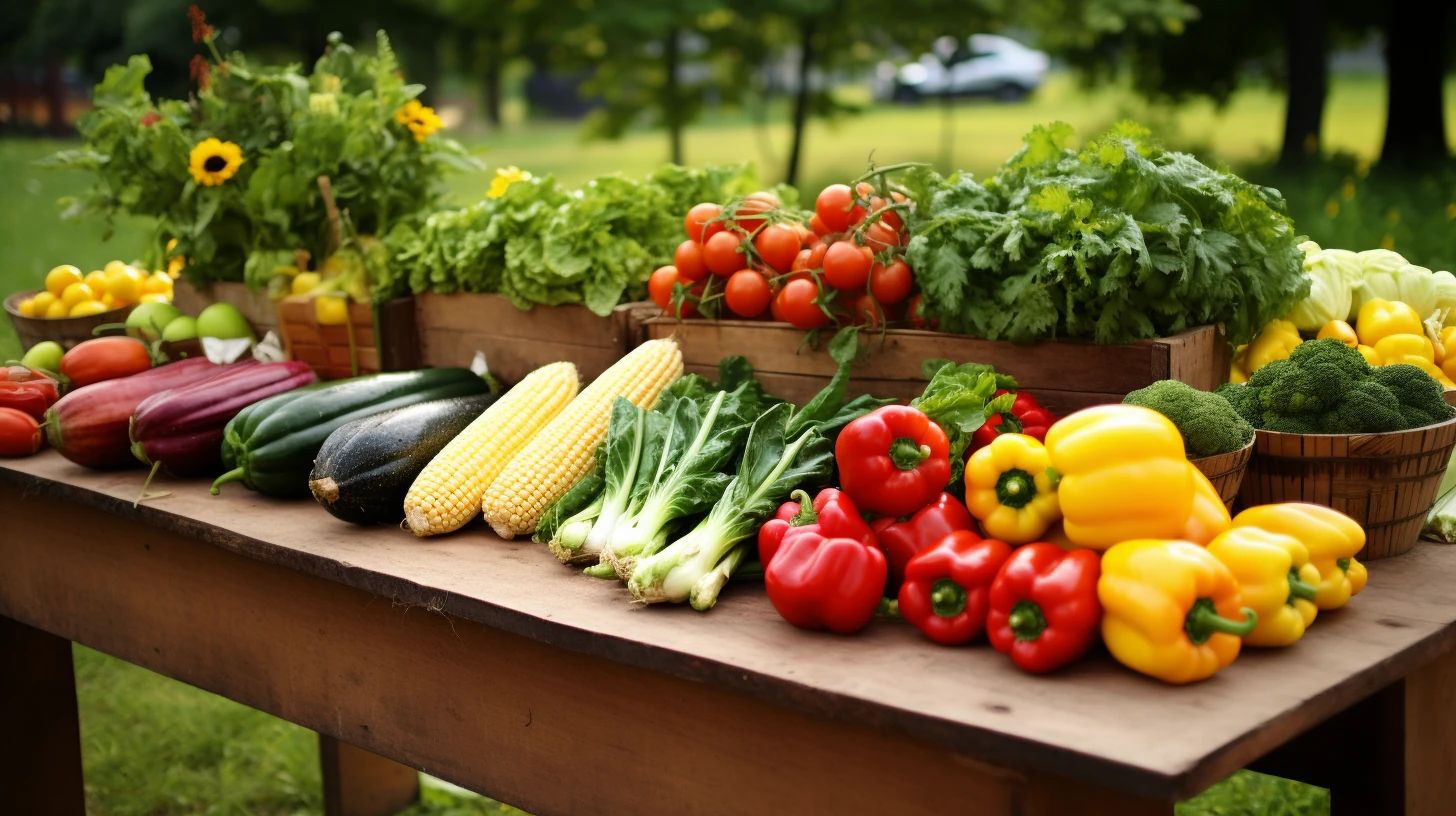
Obstacles to Sustainable Farming
Sustainable farming has several obstacles to global adoption that can be categorized as financial, educational, and traditional issues.
Financial Barriers
One of the biggest challenges facing sustainable farmers is the high cost of implementing sustainable farming practices. Upfront equipment, infrastructure, and training investments can be prohibitively expensive, especially for small-scale farmers. Sustainable farming practices may also require more labor and intensive management, which can increase operational costs.
Several solutions can be implemented to overcome these financial barriers. Sustainable farmers can seek grants, loans, and other financial assistance programs specifically designed to support sustainable farming practices. Additionally, farmers can collaborate with other farmers or local organizations to share resources and reduce costs. Finally, sustainable farming practices can increase profits over time, as improved soil health and reduced input costs can lead to higher crop yields and better product quality.
Lack of Education and Resources
Another challenge facing sustainable farming is the lack of education and resources available to farmers. Many farmers lack the knowledge and skills necessary to implement sustainable farming practices effectively. Additionally, many sustainable farming techniques are still in the experimental stage and require further research and development.
However, several solutions can be implemented to address this challenge. Sustainable farmers can attend workshops, conferences, and training programs to learn about sustainable farming practices and gain practical experience. Additionally, farmers can collaborate with universities and research institutions to participate in research trials and gain access to new information about sustainable farming practices. Finally, sustainable farming organizations can provide farmers with resources, tools, and support to help them implement sustainable farming practices more effectively.
Resistance to Change
Finally, a significant challenge facing sustainable farming is resistance to change. Many farmers are reluctant to adopt new farming practices or technologies, especially if they are unsure about the potential benefits or are concerned about the risks involved.
Several solutions can be implemented to overcome this challenge. Sustainable farmers can work to build trust and relationships with their communities to help educate them about the benefits of sustainable farming practices. Additionally, farmers can work with policymakers and advocacy groups to help promote sustainable farming practices and create a supportive policy environment. Finally, sustainable farmers can work to develop robust business plans that demonstrate the potential benefits of sustainable farming practices and help build support for their adoption.
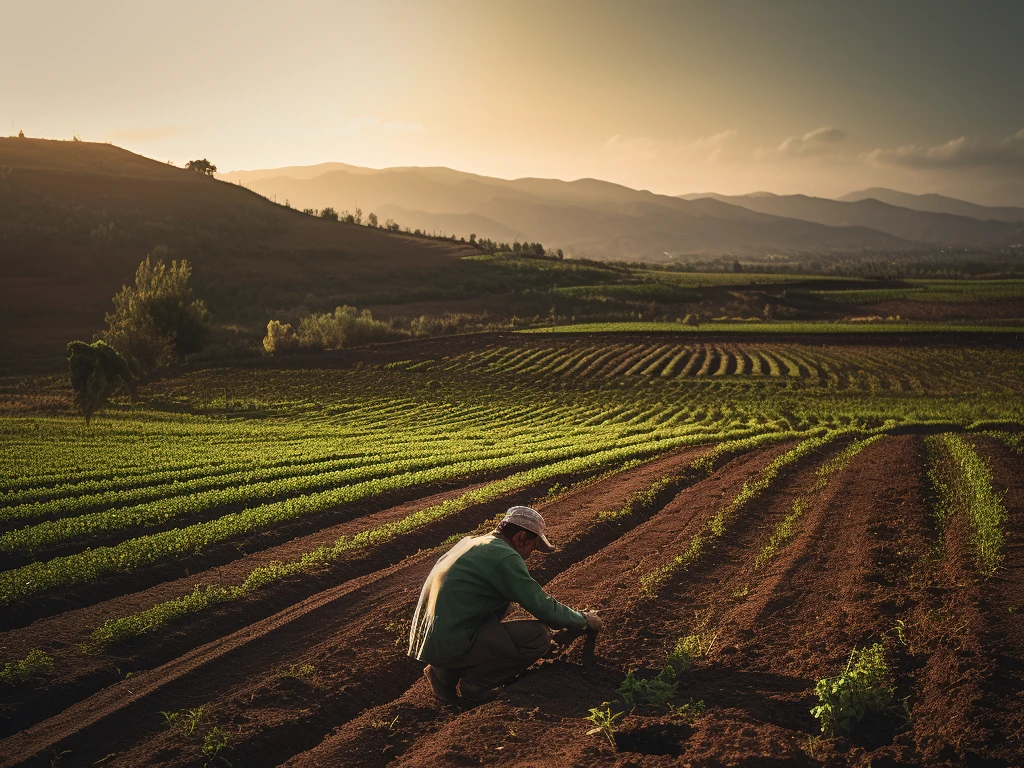
Conclusion
Sustainable farming is not merely a set of agricultural practices; it’s a holistic approach to agriculture that addresses ecological and economic dimensions. It offers a paradigm shift from conventional farming methods that have caused environmental degradation. The practices underpinning sustainable farming are based on principles of agroecology, encompassing everything from soil health to water management and biodiversity.
In a rapidly changing world, with numerous challenges ranging from climate change to resource scarcity, sustainable farming is a beacon for responsible stewardship of land and resources. It asks us to think critically about the impact of our choices, not just today but for generations to come. In adopting these practices, we commit to a long-term vision that balances human needs with the environment’s capacity to sustain us. At its core, it’s an approach that is not just about farming but about reshaping our relationship with the planet.
